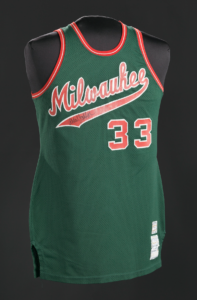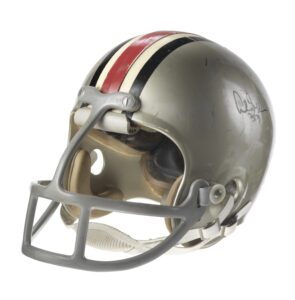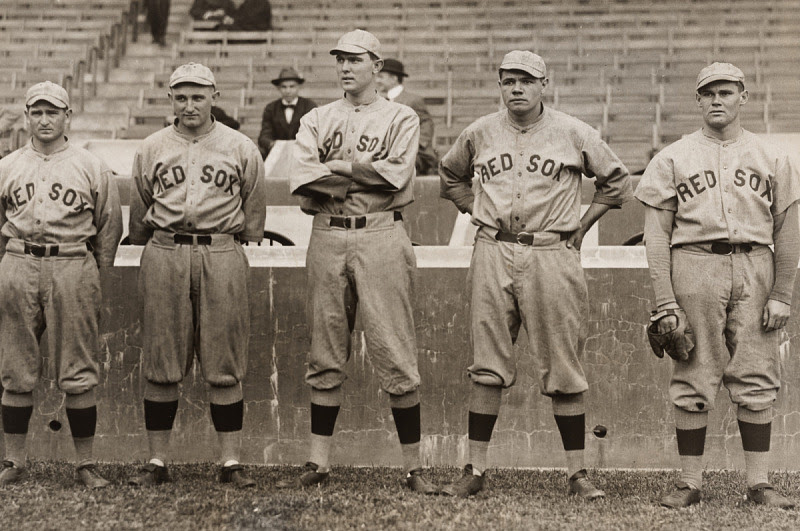For sports teams and organizations, brands are built on the shoulders of legendary individuals. Coaches “Curly” Lambeau and Vince Lombardi helped the Green Bay Packers soar to new heights and athletes like Muhammad Ali, Michael Jordan, and Babe Ruth redefined their sports and transcended the arena to become cultural icons. While branding was once a simple and straightforward tool for sports organizations to identify themselves, it has now become a way of conveying who they are, what they are, and what their goals are. Within sports teams and organizations, individuals’ stories and successes inspire people, help establish an identity, and create a brand.
Branding is essential – it can expand an organization’s influence, grow profits, and increase a customer/consumer base. For sports, every match or game is an opportunity to find new fans and feel connected to the players and to the identity of the team. Fan loyalty is built over years and generations, wins and losses, and connections made with players. Given the longevity of team loyalty, the past is arguably almost as important as the present, as a team’s brand identity is inextricably linked to the stories of its players, the failures and successes throughout their careers, and the historical narratives that bind them.

Jersey for the Milwaukee Bucks worn and signed by Kareem Abdul-Jabar. Collection of the Smithsonian National Museum of African American History and Culture
Sports heritage collections feature a broad array of historically relevant items from 3-dimensional objects, uniforms, and newspaper clippings to photographic prints and transmissive film. Although these items provide valuable connections to the past and the players that are fundamental to brand identity, the physical materials are also subject to deterioration and loss of information over time, making the need for digital preservation even more important. Once digitized, these items are revitalized and provide new insights into the collection as well as branding potential. These digital assets create a visual timeline of an organization’s history and can be leveraged for a variety of branding purposes, from billboards to websites and print ads and social media to merchandising. Visual storytelling and personal narratives are key components of brand identity which are enhanced by the addition of historical elements and commemorative paraphernalia. Digitization not only preserves these collections for future generations but also allows them to be more easily accessed and used for marketing and branding purposes.
Digital Transitions provides end-to-end digitization solutions to help make the most of your sports heritage collection. With our preservation-grade reprographic systems, the digital images that are produced are the highest-resolution master files that not only capture the finest details of data but also allow for easy use and reproduction. Meanwhile, Digital Transitions’ service division goes one step further. Using the same state-of-the-art equipment that Digital Transitions offers, our service bureau division, provides imaging services as well as enhanced digital assets such as metadata generation, advanced Optical Character Recognition (OCR), Handwritten Optical Character Recognition (HOCR), and AI image and text analysis. These specialized offerings not only augment the collection’s context but also facilitate accessibility of the collection as a whole.
While a legacy is what we leave behind, a legacy asset is what documents and preserves these moments and memories for future generations. For more information, contact [email protected] or visit www.digitaltransitions.com.

Boxing headgear worn by Muhammad Ali. Collection of the Smithsonian National Museum of African American History and Culture ca. 1973

An Ohio State Buckeyes football helmet worn and signed by Archie Griffin. Collection of the Smithsonian National Museum of African American History and Culture 1972-1975
Cover Image: Babe Ruth and other Red Sox pitchers. National Portrait Gallery, Smithsonian Institution

